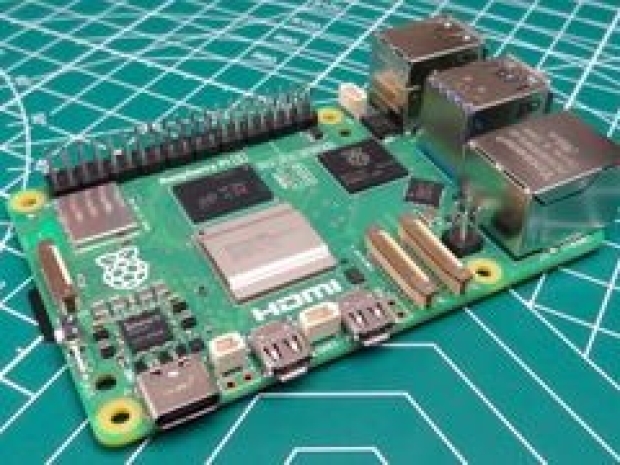Priced at just $50, the new 2GB variant continues the mission to make high-performance general-purpose computing accessible to the broadest possible audience.
Its performance level is approximately 150 times greater than that of the original Raspberry Pi launched in 2012, which, to be fair, is no great thing to be proud of even on a board as simple as a Raspberry. Keeping the price down, though, is a clever feat. Some components have inevitably become more expensive. Until now, the lowest-cost Raspberry Pi 5 was the 4GB variant, priced at $60.
The new 2GB Raspberry Pi 5, built on a cost-optimised D0 stepping of the BCM2712 application processor, is now available for $50.
The 4GB and 8GB variants of Raspberry Pi 5 are built around two key chips: the RP1 I/O controller, developed by Raspberry Pi, and the BCM2712C1, a 16nm application processor from Broadcom.
The BCM2712C1 is a powerful device featuring a quad-core Arm Cortex-A76 processor running at 2.4GHz and the latest iteration of the VideoCore multimedia platform. While it includes functionality for other markets, this 'dark silicon' is disabled in the chips used for Raspberry Pi, reducing cost.
The new D0 stepping removes unnecessary functionality, retaining only the essential features. For users, it remains functionally identical to its predecessor, with the same fast processor, multimedia capabilities, and PCI Express bus. The cost savings from this streamlined design, combined with halving the memory capacity, have allowed for a $10 reduction in the final product price.
Raspberry said that building the Raspberry Pi OS in-house allows for optimised resource usage, delivering a better user experience on devices with less memory and processing power. This optimisation remains a key goal, ensuring the latest version of Raspberry Pi OS runs on older products.
This results in a lightweight operating system for modern hardware compared to most general-purpose Linux distributions. While demanding users may prefer higher memory-capacity variants for tasks like driving dual 4Kp60 displays or compiling complex software, many will find the new, lower-cost variant perfectly adequate for their needs.

